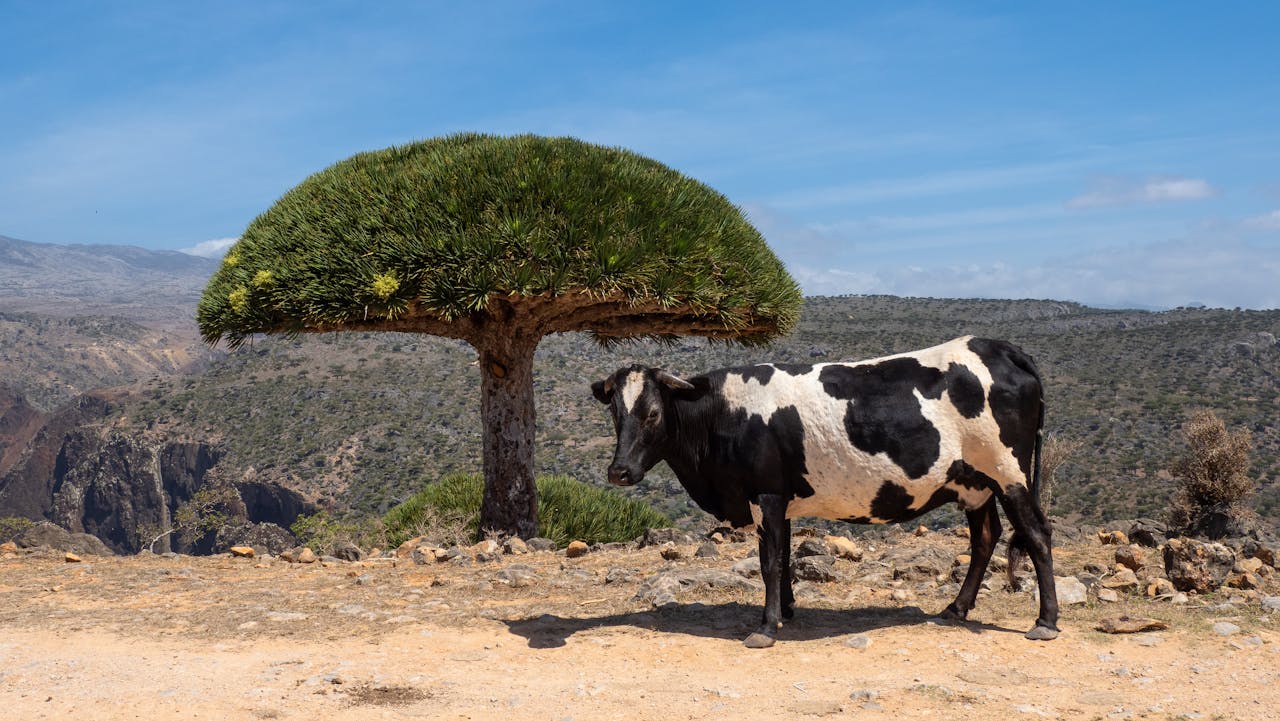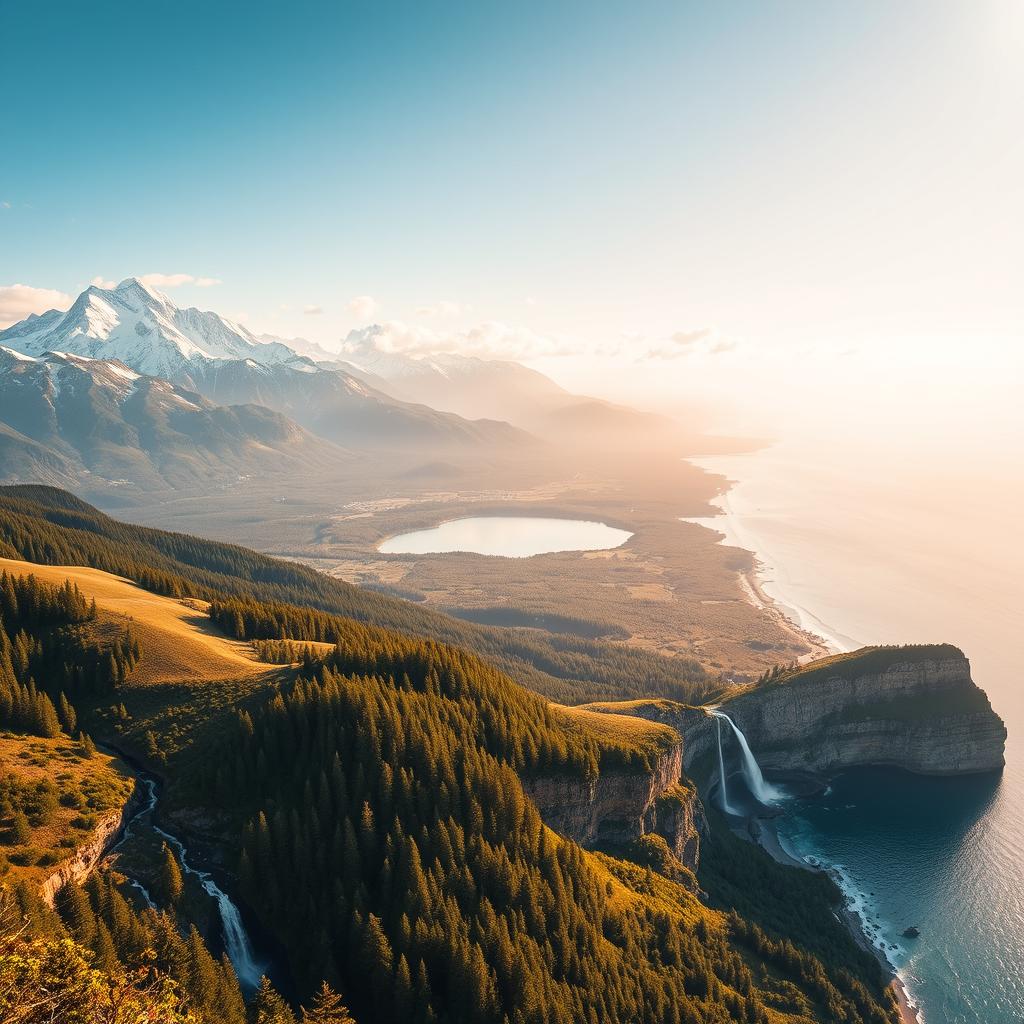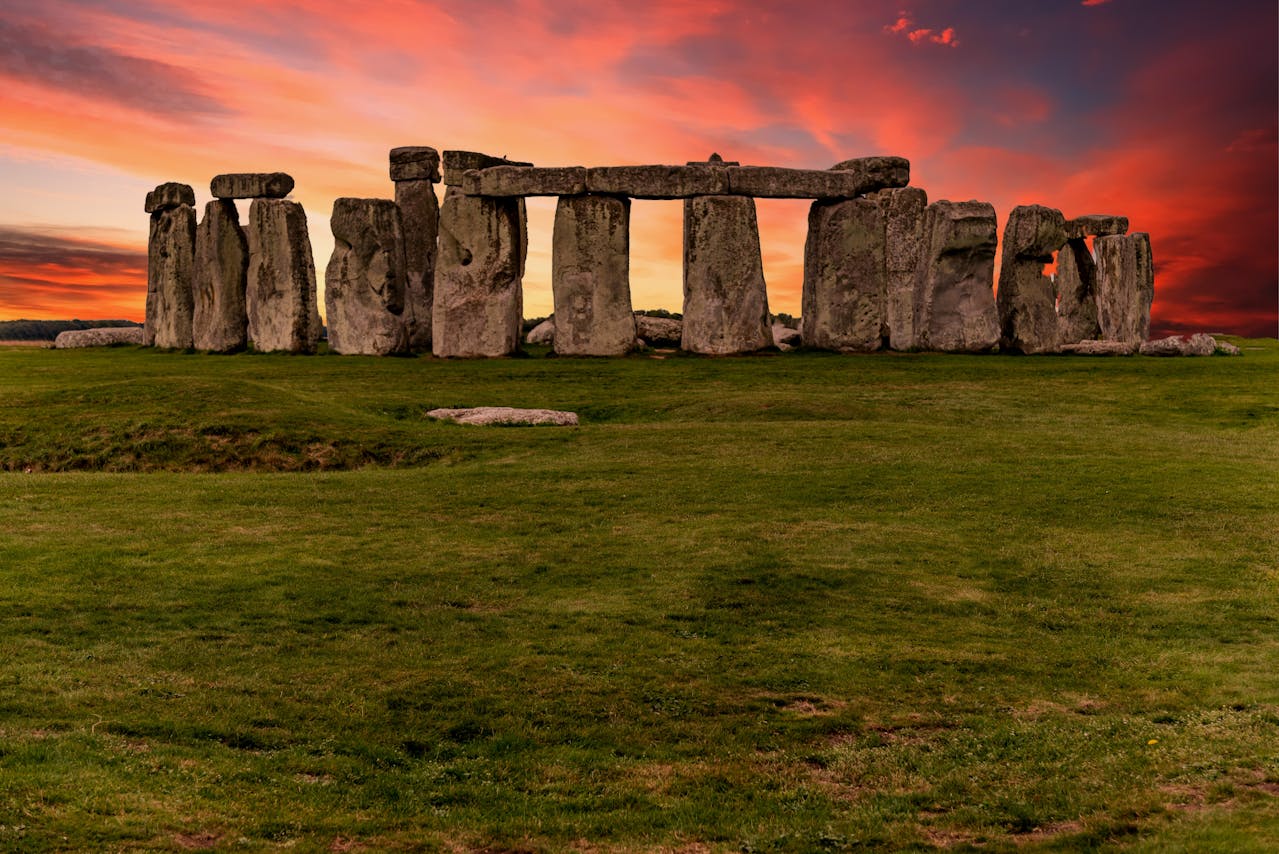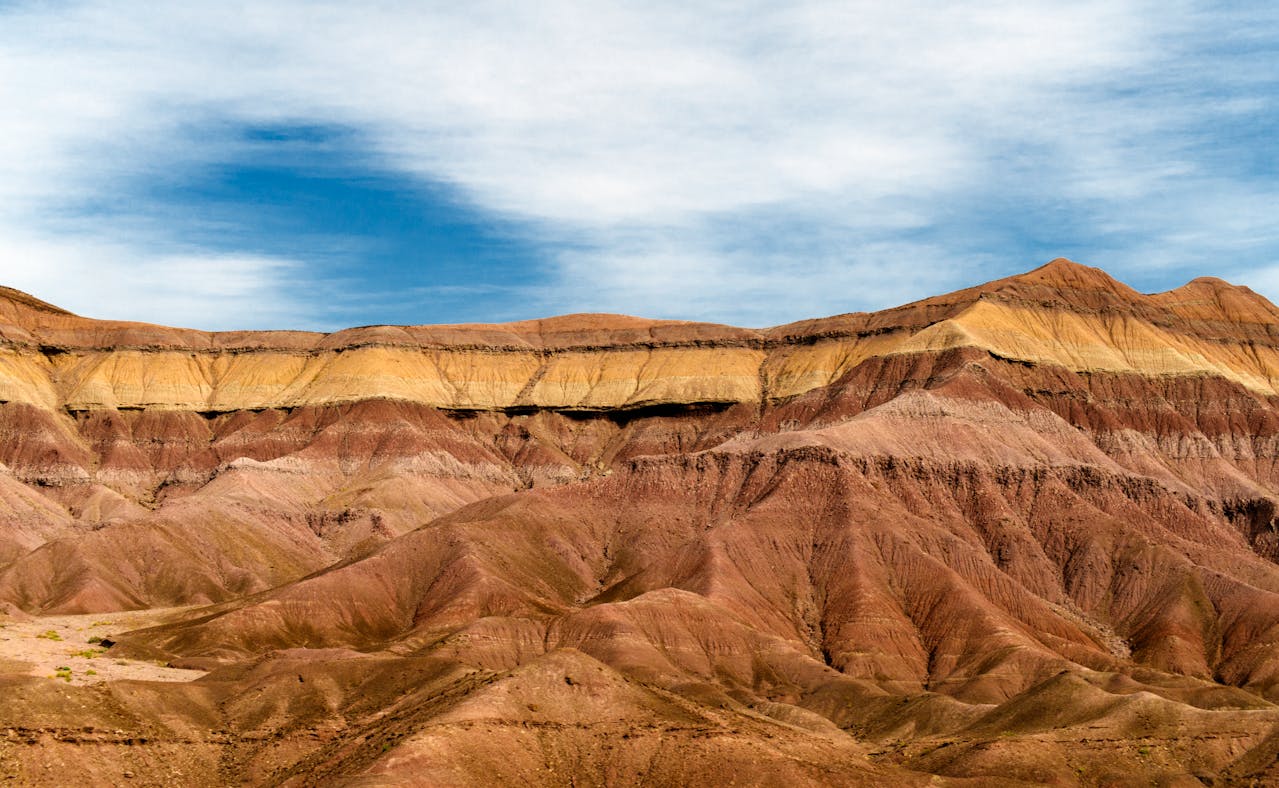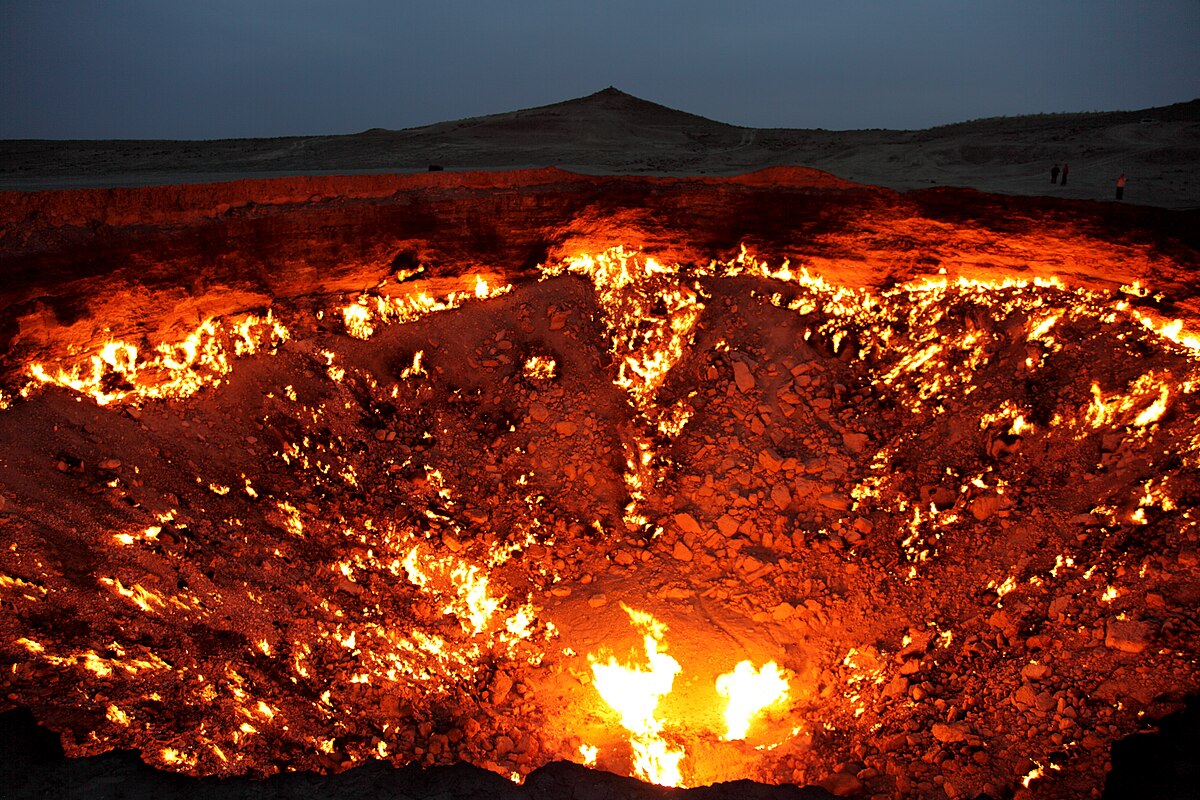Socotra Island
Have you ever heard or visited Socotra Island in Yemen? This article is for the people who want to visit Socotra Island or the people who want to check for present conditions and demands in Socotra Island. By reading this article you will come to know about Socotra Island to explore tourism, mystery, animals and travel guide.
Like Socotra Island More Beautiful Places to Visit
I have come across some more beautiful place to visit and explore beauty of the nature. Socotra Island is one of the beautiful places to visit and to enjoy the amazing creation of nature. Like Socotra Island, you can also visit Jervis Bay South Coast of New South Wales, Australia, a place for beach exploration and Pink Lake Hillier, a amazing and beautiful pink lake in Western Australia.
You may also consider visiting Salar de Uyuni, world’s largest magical mirror effect Salar de Uyuni salt flat in Bolivia and The Door to Hell, Darvaza Gas Crater – Turkmenistan mysterious methane-fueled flaming ‘Gates of Hell’.
The Wave at Coyote Buttes North, Arizona, USA is another amazing sandstone rock formation natural place for marvelous experience of beautiful nature revelation. These are some of the beautiful places like Socotra Island for amazing and unforgettable experience with unimaginable happiness.
The Structures of Socotra Island
Socotra Island is a unique and remote island located in the Arabian Sea, part of Yemen. It is renowned for its distinct biodiversity and is sometimes called the “Galápagos of the Indian Ocean” due to the high number of endemic species found there. You can find here the structures of Socotra Island.
Unique Flora and Fauna Of Socotra Island
A). Dragon’s Blood Tree (Dracaena cinnabari). This iconic, umbrella-shaped tree is famous for its red sap, which has been used historically for dyes, medicine, and incense.
B). Bottle Tree (Adenium obesum socotranum). These trees have thick, bulbous trunks and are known for their striking pink flowers.
C). Endemic Species. Approximately 37% of Socotra’s plant species, 90% of its reptiles, and 95% of its land snails are not found anywhere else in the world.
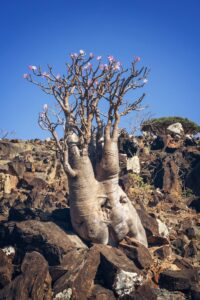
Ecological Importance of Socotra Island
Socotra’s ecosystem is recognized as a UNESCO World Heritage Site, emphasizing its global significance for biodiversity conservation. The island’s isolated location and harsh environment have contributed to the evolution of highly specialized species.
Landscape and Geography
The island features a dramatic landscape of limestone plateaus, rugged mountains, and sandy beaches. The rugged Haghier Mountains and the surrounding desert-like plateaus create a unique blend of terrains.
Cultural Aspects of Socotra Island
Socotra is home to a small population with a distinct culture and language called Soqotri, which is part of the Modern South Arabian languages. The inhabitants rely on fishing, livestock, and date palm cultivation for their livelihood.
Tourism and Access to Socotra Island
Due to political instability in Yemen, tourism has been limited in recent years. However, those who do manage to visit are often captivated by the island’s untouched beauty and the sense of isolation. Ecotourism is growing as a means to promote conservation efforts and benefit the local community.
Conservation Challenges
The unique ecosystem of Socotra faces threats from climate change, invasive species, and human activity. Conservation organizations work to preserve the island’s natural environment and sustain its biodiversity.
How to visit Socotra Island?
Visiting Socotra Island can be an incredible experience due to its unique biodiversity and untouched landscapes, but it requires careful planning due to its remote location and current geopolitical situation.

1. Research Current Travel Advisories
1. Check for Safety. Socotra is part of Yemen, a country that has faced significant political instability and conflict in recent years. It’s crucial to check for up-to-date travel advisories and assess the security situation before planning your trip.
2. Government Warnings. Consult government websites such as the U.S. Department of State or the UK Foreign Office for guidance on travel safety.
2. Visa Requirements
1. Obtain a Yemeni Visa. You’ll need a visa to enter Yemen, including Socotra. This can typically be arranged through a travel agency that specializes in Socotra tours, as they often have connections with authorities to facilitate the process.
2. Tour Package Inclusions. Many tour operators include visa assistance as part of their package to make the process smoother for international travelers.
3. Flight Options
1. Direct Charter Flights. Due to the ongoing situation in mainland Yemen, most travelers reach Socotra via charter flights that operate from countries like the UAE (typically Abu Dhabi).
2. Travel Season. The best time to visit Socotra is between October and April, when the weather is more favorable and the island’s unique flora is most visible.
4. Booking with a Reputable Tour Operator
1. Tour Packages. Most visitors opt for all-inclusive tours arranged by experienced travel agencies specializing in Socotra. These packages often include flights, accommodation, transportation, meals, and guided tours.
2. Local Guides. Hiring local guides through a reputable agency can enhance your experience by providing insights into the island’s culture, history, and biodiversity.
5. Accommodation and Facilities
1. Basic Infrastructure. Socotra has limited infrastructure, so don’t expect luxury accommodations. Most options are basic hotels or eco-lodges, and some tours may involve camping.
2. Self-Sufficiency. It’s essential to bring some supplies such as toiletries, snacks, and any specific medical items, as the availability on the island may be limited.
6. Packing Essentials
1. Outdoor Gear. Sturdy walking shoes, lightweight clothing, sun protection, and a hat are essential.
Photography and Electronics: Don’t forget your camera or smartphone for capturing the stunning landscapes. Portable chargers and power banks can be helpful due to limited electricity in some areas.
2. Environmental Respect. Bring eco-friendly products to minimize your impact on the delicate environment.
7. Activities on the Island
1. Nature Exploration. Visit iconic sites like the Dragon’s Blood Tree forest, the pristine beaches of Qalansiyah, and the sand dunes of Arher.
2. Wildlife Watching. Discover endemic bird species and unique reptiles.
3. Cultural Interaction. Engage with the local Soqotri community to learn about their traditions and lifestyle.
8. Prepare for Limited Connectivity
1. Minimal Internet Access. Internet and cellular connectivity are limited, so prepare to be somewhat off the grid during your stay.
2. Emergency Contact. Make sure someone knows your itinerary and can be contacted in case of an emergency.
9. Health and Safety Precautions
1. Vaccinations. Check with your healthcare provider to ensure you have all necessary vaccinations for travel to Yemen.
2. Medical Kit. Carry a basic medical kit with any personal medications, as medical facilities on the island are minimal.
3. Water Safety. Drink bottled or purified water, as tap water may not be safe for consumption.
By following these guidelines and working with a reputable tour operator, you can safely experience the unparalleled beauty and unique culture of Socotra Island.
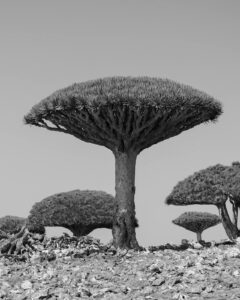
Activities to Do on Socotra Island
Explore the Unique Flora and Fauna
1. Dragon’s Blood Tree Forests. Visit the Dixam Plateau to see the iconic Dragon’s Blood Trees, which are unique to Socotra and provide incredible photo opportunities.
2. Homhil Protected Area. A hotspot for endemic plant species and spectacular views over the island.
3. Qalansiyah Beach. Enjoy the pristine white sands and turquoise waters, perfect for swimming and sunbathing.
4. Detwah Lagoon. Known for its scenic beauty and diverse marine life, this is a great spot for bird watching and relaxation.
5. Snorkeling and Diving. Discover Socotra’s rich underwater world teeming with colorful fish and coral reefs. Bring your own gear or arrange through your tour operator.
6. Hiking in the Haghier Mountains. For adventure seekers, hiking offers panoramic views and encounters with unique vegetation.
7. Wadi Dirhur Canyon. Hike through this stunning canyon and enjoy its natural pools, ideal for cooling off after a trek.
8. Arher Sand Dunes. Set up camp at the base of these giant dunes where the freshwater spring meets the sea. Watch the sunset and enjoy the serenity.
9. Beach Camping. Many tour operators offer camping experiences that allow you to sleep under the stars with the sounds of the ocean.
10. Visit Local Villages. Learn about the Soqotri way of life, traditional crafts, and their unique language. Visit local markets to shop for handcrafted items and support local artisans.
Activities to Avoid in Socotra Island
1. Avoid Picking Plants. Do not pick or damage the plants, especially endemic species like the Dragon’s Blood Trees and Bottle Trees, as they are crucial to Socotra’s ecosystem.
2. Wildlife Disturbance. Avoid handling or disturbing wildlife, including birds and reptiles, to preserve their natural behaviors.
3. Leave No Trace. Always pack out what you bring in, including food wrappers, plastic bottles, and other waste. The island’s waste management facilities are minimal.
4. Avoid Single-Use Plastics. Bring reusable water bottles and eco-friendly items to minimize your environmental footprint.
5. Avoid Unauthorized Sites. Only snorkel or dive in designated safe areas with an experienced guide. Some spots may be fragile or have strong currents that are unsafe.
6. Modest Clothing. Dress modestly, especially when visiting villages, to respect local cultural norms.
7. Photography Etiquette. Always ask for permission before taking photos of people, particularly in local communities.
8. Preserve the Natural Landscape. Avoid climbing the unique trees or carving on rocks, as this can cause irreversible damage.
9. Stay on Paths. Stick to established trails and roads when driving to protect the island’s fragile ecosystem from damage by vehicle tracks.
10. Use Eco-Friendly Products. Biodegradable sunscreen and insect repellent help reduce harm to the environment.
11. Support Sustainable Tourism. Choose tour operators that prioritize conservation and employ local guides.
12. Be Prepared for Limited Facilities. Bring personal hygiene items and essential medicines, as facilities can be basic.
Conclusion
Socotra Island is a true natural wonder that invites travelers seeking an unparalleled experience of discovery and adventure. From its legendary Dragon’s Blood Trees to its pristine beaches and rich cultural heritage, the island is a testament to Earth’s beauty and diversity. Visiting Socotra offers a rare opportunity to connect with nature in a way that few places on the planet allow. However, it is essential to travel responsibly to preserve its unique ecosystem. Let Socotra inspire your next journey and deepen your appreciation for the wonders of the natural world.
